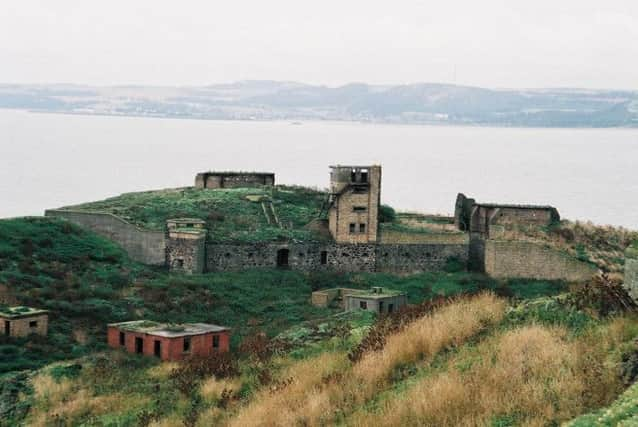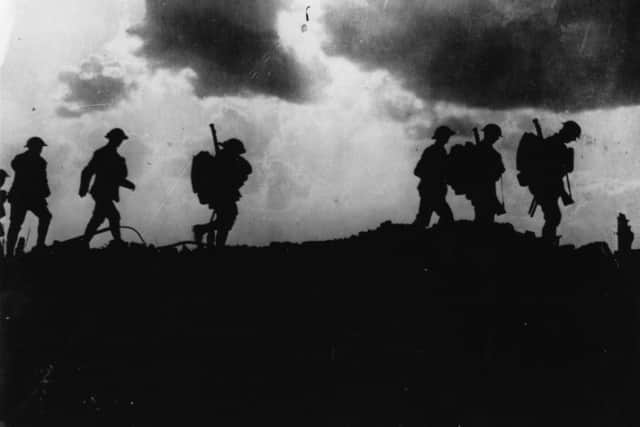Secrets of Scotland’s stand against WWI invasion


An audit by Historic Scotland to identify wartime heritage in the lead up to the centenary of the beginning of the conflict later this year identified 900 buildings and places that were used for training or defence during the war, more than three times the number expected.
Plans to protect Edinburgh from any potential invasion were particularly extensive.
Advertisement
Hide AdWar Office maps that were found in the audit showed a network of trenches and strongpoints at Portobello that stretched from the shore of the River Forth to the south of the city to prevent a land attack.


Among the records that have been added to or updated in the audit are 239 hospitals ranging from village halls to existing medical centres, 39 prisoner of war camps in Hawick, Edinburgh Castle and the island of Raasay, and 350 drill halls established to train soldiers.
There are also a large number of guard-post buildings known as pillboxes, which were scattered throughout the country as a defence against potential enemy invaders.
The audit’s author, Dr Gordon Barclay, said that the project had uncovered a number of buildings which were previously not known to be associated with the Great War.
“The audit has more than tripled the number of places known to be associated with Scotland’s contribution to the war, both military and civilian, and has revealed an extraordinary variety of structures, reflecting Scotland’s importance to the war effort,” he said.
“The audit is only the first step, and other places no doubt remain to be identified, and the wartime role of many other places will certainly come to light during the centenary.”
Advertisement
Hide AdOn Inchkeith Island in Fife, a pair of concrete huts were built into the rock face. An undated War Office map, believed to be from around 1915, shows the northern engine room to be in the location in which it still survives, verifying its authenticity as a First World War building.
Also included in the archive is the Boddam prisoner of war camp, where German soldiers were put to work either in the Stirling Quarry, on the hill above Boddam, near Peterhead, or in the construction of the massive breakwaters of the Peterhead Harbour of Refuge, where much of the quarry’s output went.
Advertisement
Hide AdThe precise location of a further prisoner of war camp in Balgowan, Perthshire, is unknown, but is believed to be on the same site as a military base used during the Second World War. Here, enemy soldiers were put to work farming food on nearby farms.
Historic Scotland and the Royal Commission on the Ancient and Historical Monuments of Scotland (RCAHMS) will designate some of the sites to recognise and protect their significance during the conflict.
Culture Secretary Fiona Hyslop said: “I hope people will use this research to learn more about this important period and contribute any information they have so we piece together a fuller picture of Scotland’s role.”
Allan Kilpatrick, of RCAHMS, said: “Scotland was on the front line during WWI. St Kilda was bombarded by a German U-boat and Edinburgh was bombed by a Zeppelin. The naval bases on the Forth, Cromarty and Scapa Flow were essential to protect Britain’s navy and her shipping.”